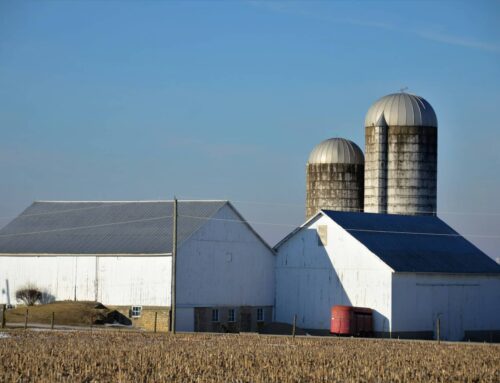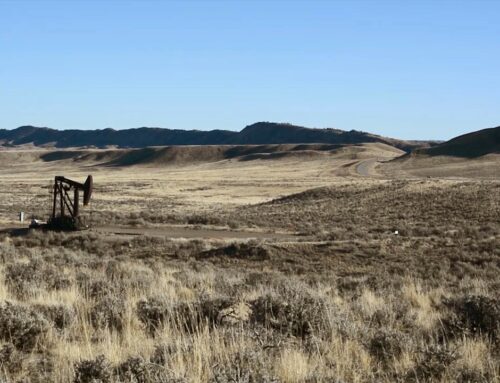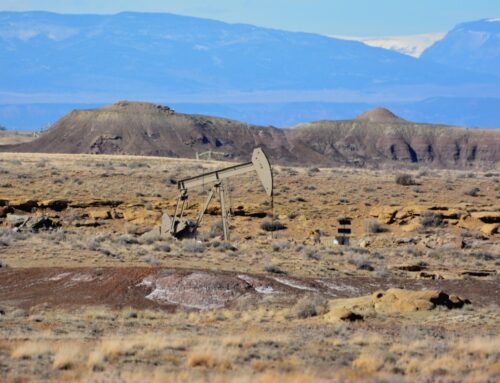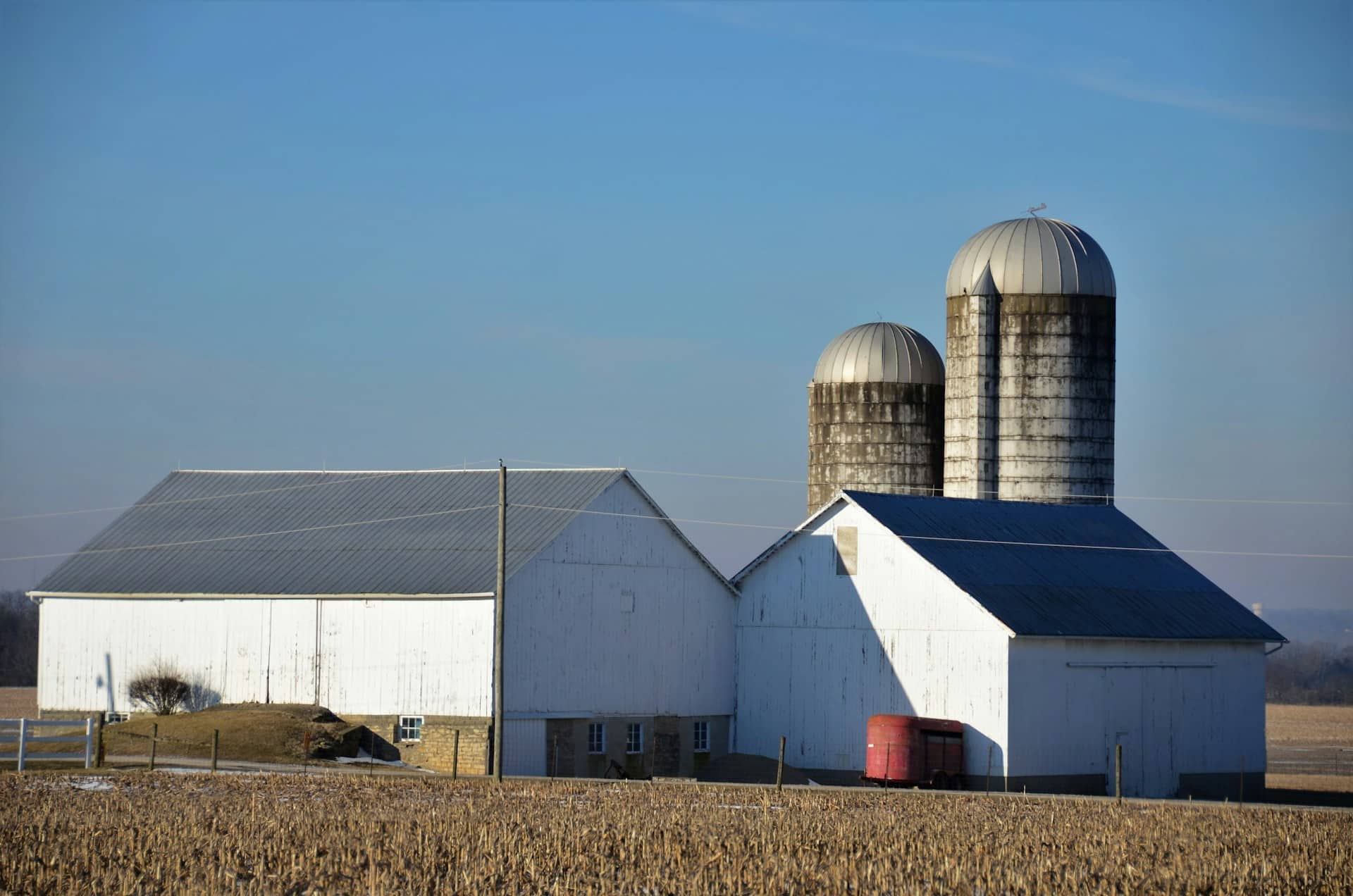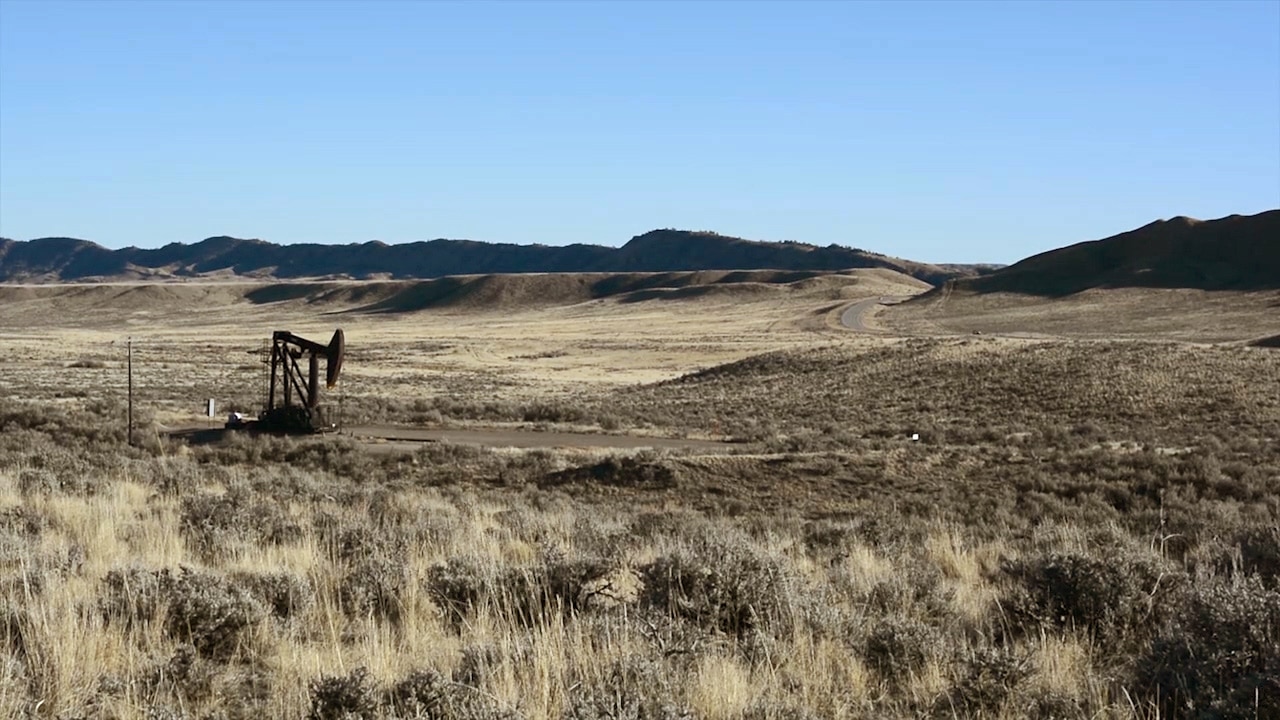Overall, the Agriculture, Rural Development, Food and Drug Administration, and Related Agencies funding bill for FY22 will cost taxpayers $25.125 billion, an increase of 6 percent from FY21 ($1.426 billion). This funding is discretionary, meaning that Congress sets spending levels each year (albeit late for FY22 since the Fiscal Year is almost half over already). Mandatory agriculture spending programs, on the other hand, such as commodity programs and federal crop insurance in the farm bill, continue on auto-pilot regardless of whether Congress finalizes annual spending bills on-time or not.
While some ag and forestry programs in the FY22 omnibus are funded through both discretionary and mandatory accounts (such as REAP), the spending levels listed below are discretionary amounts unless noted otherwise.
Other provisions in the overall bill include policy riders, such as Congress attempting to declare forest biomass as “carbon neutral” despite science saying otherwise.
Rural Energy for America Program (REAP)
- $12,920,000 for grants and loans; program already receives $50 million in mandatory funding through the farm bill
- Program intended to fund rural renewable energy projects but in practice has also subsidized the mature biofuels and biomass industries, special interest projects, and other examples of wasteful spending.
- For more info, see our REAP fact sheet – https://www.taxpayer.net/agriculture/rural-energy-for-america-program-fact-sheet-2/
National Forest System – biomass and wildfire
- $1,866,545,000 for management, protection, improvement, and utilization of the National Forest System, and for hazardous fuels management
- $28,000,000 of the total for ecological restoration treatments within the Collaborative Forest Landscape Restoration Fund
- $38,000,000 of the total shall be for forest products
- $187,388,000 of the total shall be for hazardous fuels management
- $20,000,000 for Forest Service grants for “creating incentives for increased use of biomass”
- $20,000,000 for hazardous fuels management to Secretary of Agriculture
Watershed Rehabilitation Program
- $1 million is provided
Rural Electrification and Telecommunications Loans Program Account
- $6.5 billion for loans
- Up to $2 billion “shall be used for the construction, acquisition, design and engineering or improvement of fossil-fueled electric generating plants (whether new or existing) that utilize carbon sub-surface utilization and storage systems.”
Biomass Rider
- Division G, Section 432: Includes a biomass policy rider, specifically directing federal agencies to “establish clear and simple policies for the use of forest biomass as an energy solution including policies that reflect the carbon neutrality of forest bioenergy and recognize biomass as a renewable energy source.” However, this provision ignores the science of burning wood for use in heat/power facilities, including climate, air quality, and other impacts, not to mention flying in the face of academic research and the Environmental Protection Agency’s own Science Advisory Board analysis finding that utilizing biomass as an energy source is not in fact “carbon neutral.”




